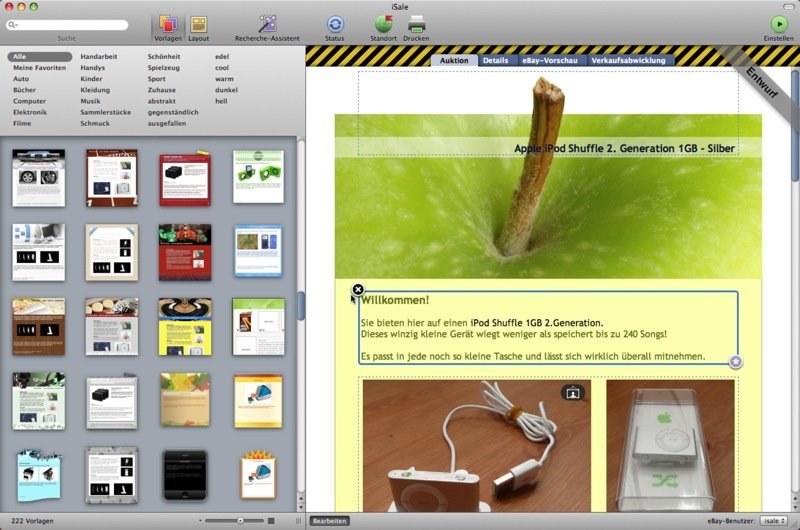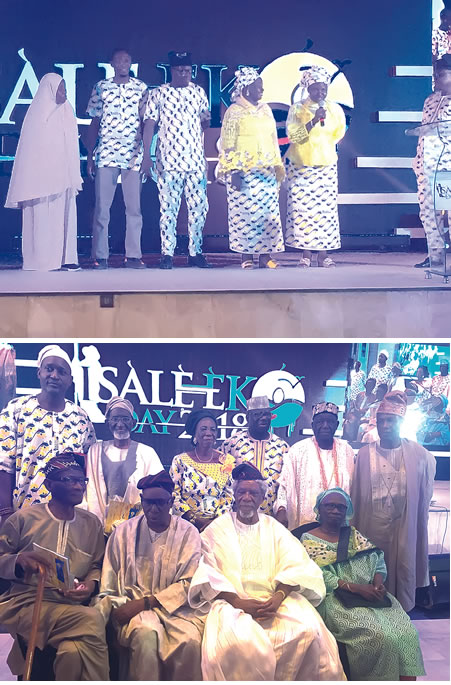

There are also religious and royal structures such as the Oba's Palace, the Central Mosque, the Glover Memorial Hall, and Christ's Church Cathedral (CMS) (Iga Idunganran) On Lagos Island, Marina is another major urban center. Many of the city's main wholesale markets can be found on the island as well (such as the popular Idumota and Balogun Markets). Buildings in this area tend to be quite tall. The economic heart of Lagos is located on the island itself. Ikoyi and Lekki Phase 1 are both located on the island, and the Ikoyi Link Bridge connects the two neighborhoods. From Iddo, you can take the Carter Bridge, the Eko Bridge (previously known as the Second Mainland Bridge), or the Third Mainland Bridge to reach the Lagos Lagoon across the mainland's heavily populated districts. The island is connected to the mainland via three major bridges. Ikoyi and Victoria Island are two examples of affluent island neighborhoods in these LGAs. Lagos Island and Eti-Osa are two of the LGAs that make up the Island's legal jurisdiction. It is also where the majority of Lagos's affluent citizens call home. The bulk of Lagos's commercial and social life occurs in this district. Some waterways have had their narrower stretches dredged and built over.
ISALE EBUTTE SERIES
The Island is mostly made up of a group of smaller islands that are connected to each other by a series of smaller waterways and larger bridges. The Island is a generic phrase for the part of Lagos that is divided from the "mainland" by Lagos Harbour, the main conduit that empties the lagoon into the Atlantic.

The city of Lagos can be roughly divided into two distinct regions: the Island and the Mainland. More than that, it is home to the largest mall in all of Asia.

Also located in Ikeja are the African Shrine dedicated to Fela Kuti, the home of the late Chief Gani Fawehinmi, and Lagbaja's Motherland. Ikeja is home to the internationally renowned Murtala Mohammed Airport. Ikeja is a well-organized, tidy, and peaceful commercial and residential district complete with malls, pharmacies, and government-reserved zones. Other than the capital, the state's largest city is Epe, a port city that is accessible through minor roadways.Ĭity of Ikeja serves as Lagos State's capital. Ikorodu, Mushin, and Ikeja are connected to the city of Lagos via the trunk highway system and a main line of the Nigerian Railways (whose central yards are located in Lagos city). To alleviate congestion in the harbor, new bridges and feeder highways have been built connecting the city's core to the mainland, and Apapa and Tin Can Island ports have been integrated into the metropolitan region. In 1976, the seat of state government moved from Lagos city to the nearby neighborhood of Ikeja. The federal government chose Abuja as the new capital in December 1991, after Lagos became too congested and crowded to function effectively as the country's primary city. The three islands that make up central Lagos are so densely populated that most of the city's industry has moved to the outskirts, to the estates of Apapa, Ijora, and Yaba, while Ikeja and Mushin have become the new economic and cultural epicenters of the city. Badagry, Epe, and Ikorodu are lagoon ports where these goods are gathered before being transported to Lagos city markets.

Cassava (manioc), palm oil and kernels, coconuts, corn (maize), vegetables, fruits, fish, and fish products are just some of the agricultural and fisheries products produced in Lagos state. While this arrangement limited Lagos's growth towards the mainland, the 1967 establishment of Lagos State by the Nigerian federal government restored the city's control over its rural environs.Īs more people from other parts of Nigeria and West Africa have moved to the state's capital of Lagos, the previously predominantly Yoruba population has become increasingly diverse. The constitution of 1954 established the Federal Territory of Lagos (the 27 square mile section of Lagos Island, including the city of Lagos), while the surrounding countryside was moved to the Western Nigeria administrative region. As part of the British colony of Nigeria from 1914 to 1954, the territory that is now part of the state was under British administration. State of Ogun to the north and east, the Bight of Benin to the south, and the Republic of Benin to the west form its northern and eastern, southern, and western borders, respectively. Lagos is a state located in southwestern Nigeria on the coast of the Bight of Benin.


 0 kommentar(er)
0 kommentar(er)
